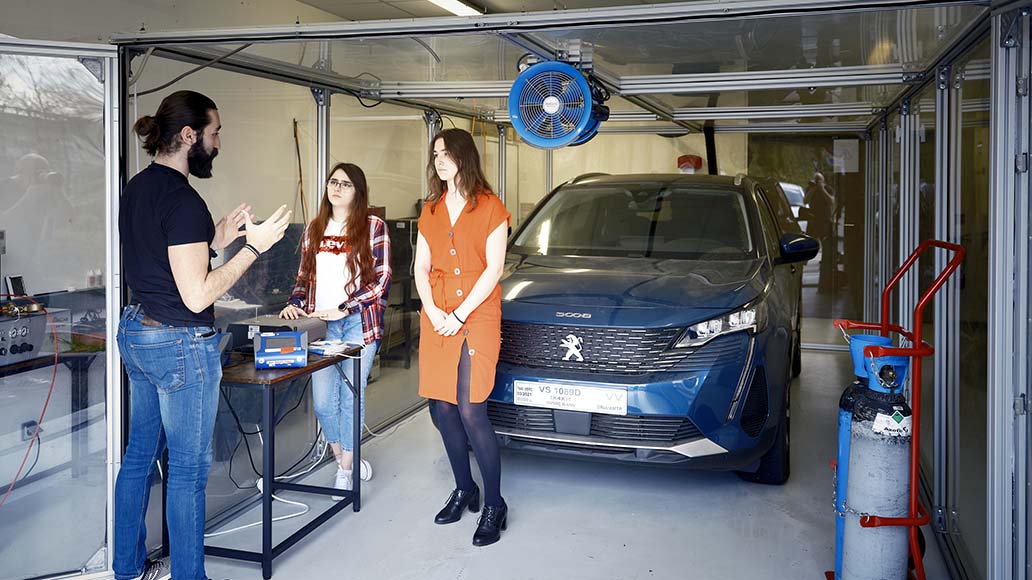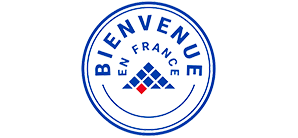World Air Quality Day: ESTACA commissioned to carry out air pollution studies in car interiors and railway enclosures

For several years now, ESTACA, a leading post-baccalaureate engineering school in the field of transport and sustainable mobility, has been commissioned by public bodies, companies and major industrial firms to carry out research into air quality in confined or semi-confined spaces. Cars, stations, future metros and trains, numerous projects and studies are underway at Estaca to address the major environmental and public health issues. A closer look at this research on the occasion of World Air Quality Day on October 14.
According to the World Health Organization, air pollution is the main environmental risk to health worldwide. Transport is a major cause of pollution, emitting gaseous pollutants and harmful fine or ultrafine particles into the atmosphere, as well as into the interior of vehicles to which drivers and passengers are exposed. To help improve air quality in the various spaces associated with transport systems, and particularly enclosed spaces, government agencies and companies have commissioned ESTACA to conduct studies and research on the subject.
Better understanding and improving air quality in car interiors
Since the mid-2010s, ESTACA has been involved in numerous advances in air pollution research. Among the projects led by the School, CAPTIHV, supported by the French environmental agency ADEME, kicked off at the end of 2014 with the aim of gaining a better understanding of the mechanisms favoring the infiltration of gaseous and particulate pollutants, by focusing on the dispersion of exhaust emissions and their infiltration into passenger compartments. It leads to recommendations concerning how to adapt aeration and ventilation to the driving conditions. It also gives carmakers and equipment manufacturers access to accurate knowledge of the parameters that encourage the infiltration of pollutants into passenger compartments.
Another project launched at the end of 2020, AmCoAIR, furthers studies to improve knowledge of the dynamics of infiltration and internal emission of pollutants in motor vehicles, and is testing an innovative concept of intelligent ventilation management for better air quality in the passenger compartment.
For this project, the QUAD team has designed a closed enclosure called a “bubble” that can house 1:1 scale motor vehicles to measure the air quality in their interiors. Its originality lies in the possibility of generating a controlled polluted atmosphere around the vehicle, to simulate different atmospheric pollution scenarios.
Improving Air Quality in Underground Rail Enclosures
Studies measuring air quality in EFS (Underground Rail Enclosures) have revealed high levels of suspended particulate matter, with concentrations of fine particles higher than those observed in the outside air. These particles disperse throughout the EFS and get into the trains through the ventilation systems and various openings, with health consequences for passengers.
Teacher-researchers from ESTACA’s air quality unit have been commissioned by a major industrial company to understand the dynamics of particles in rail vehicles and evaluate ways of cleaning up the air inside new trains. To do so, the researchers are working on a full-scale model of a metro train with an innovative pollution-generating device, designed by the QUAD team, coupled to the original train/metro air-conditioning system.
The results of the study conducted by ESTACA researchers confirmed the design of the polluted atmosphere creation device, assessed filtration efficiencies and visualized particle distribution. The results help to continue developing air purification systems and validate the company’s models.
In addition to the vehicle, ESTACA’s QUAD team has been asked to study the air quality in the stations of Europe’s future largest underground rail network, on which work has just begun.













